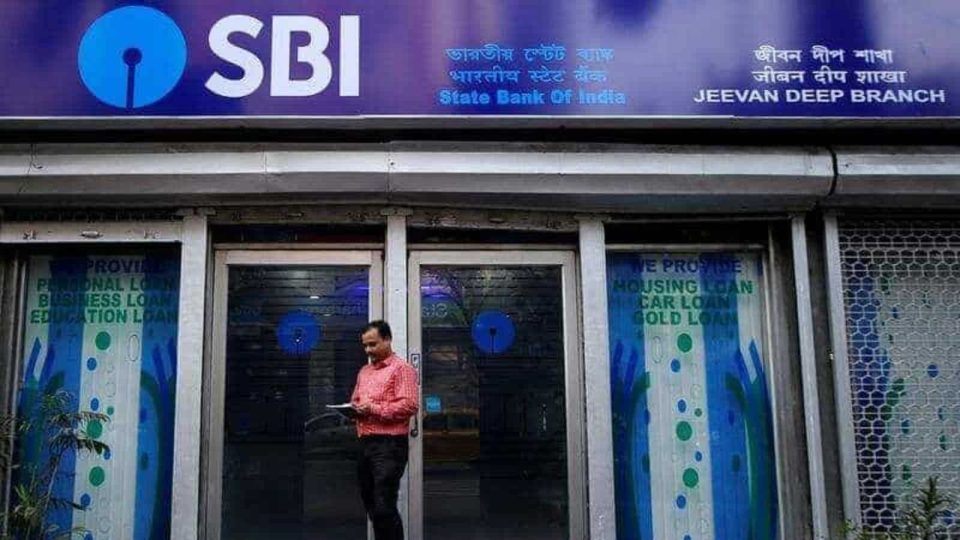State Bank of India (NSE -1.81%) (SBI) and Union Bank of India will raise a total of about Rs 5,500 crore in 15-year bonds locally, people familiar with the matter said, reflecting growing demand for retail lending amid a broad economic recovery.
SBI, the country’s largest lender, plans to raise Rs 4,000 crore in 15-year notes with 10-year call options that give investors an early exit if the lenders exercise the options. The bonds, which are very rare due to their long maturities, will be sold at auction early next week.
The dealer told ET that the bank is talking with LIC, UTI, HDFC Life (NSE -3.53%) and ICICI Prudential (NSE -3.28%) Life over subscriptions. SBI Capital Market is the sole arranger for the bond sale.
The proposed SBI bond, which could offer a 7.4-7.5% coupon, will eventually be determined through a bidding process that could take place on Tuesday.
While LICs and UTIs can invest through pension funds or the New Pension Scheme (NPS), large banks can also subscribe to SBI bonds through provident funds.
“SBI doesn’t issue 15-year notes very often these days,” said Ajay Manglunia, MD and head of debt capital markets at JM Financial (NSE -1.55%). “That’s why investor demand for such high-quality papers is likely to be high. s reason.”
Two years ago, SBI raised a 15-year secondary bond worth Rs 8,921 crore at an interest rate of 6.8%.
“However, the offer offered by the bank may be 10-20 basis points lower than offers offered by any other large public sector bank to sell similar bonds,” Manglunia said.
Rating firm ICRA (NSE 3.81%) rated SBI’s bonds AAA. It believes SBI’s incremental capital requirements for target growth remain limited while maintaining a buffer of at least 100 basis points on regulatory ratios.
“Furthermore, the bank’s ability to raise capital from the market remains strong if needed,” ICRA said in its ratings report released on Wednesday.
Banks must consistently maintain a minimum capital risk-weighted asset ratio (CRAR) of 9%. According to ICRA, SBI recorded a CRAR of 13.4% in the second quarter of the current fiscal year, compared to 13.7% in the same period last year.
UBI aims to raise to Rs 1,500 crore in the next two weeks, with a base size of Rs 5,000 crore. Traders said the bonds could also have a maturity of 15 years, with call options at the end of 10 years. This will be the bank’s first such bond issue in FY23. Union Bank (NSE -0.43%) bonds are generally rated AA+.
“To increase credit growth, including retail lending, banks are preparing to raise resources to strengthen their capital base,” said Wenkatakrishnan Srinivasan, founder and managing partner of Mumbai-based debt advisory firm Rockfort Fincap.
Tier-I bonds have the effect of absorbing losses. They can be converted to equity or written off. It’s called a risk product. Tier-II bonds will only face trouble if the RBI puts any bank below the point of non-survival (PONB). Both bonds strengthen the capital base, creating room for loan expansion.


 Signals, Powered By EquityPandit
Signals, Powered By EquityPandit

